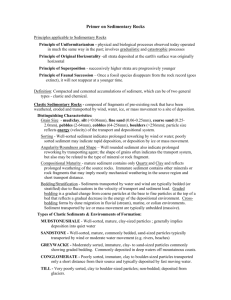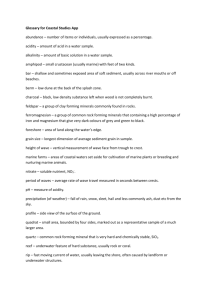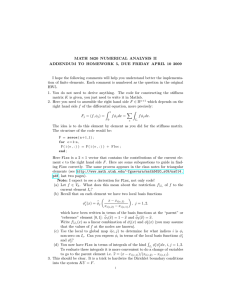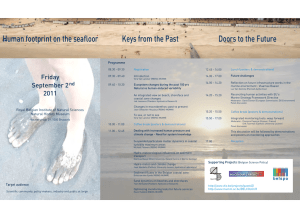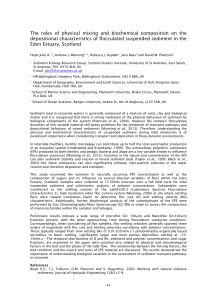Abstract
advertisement
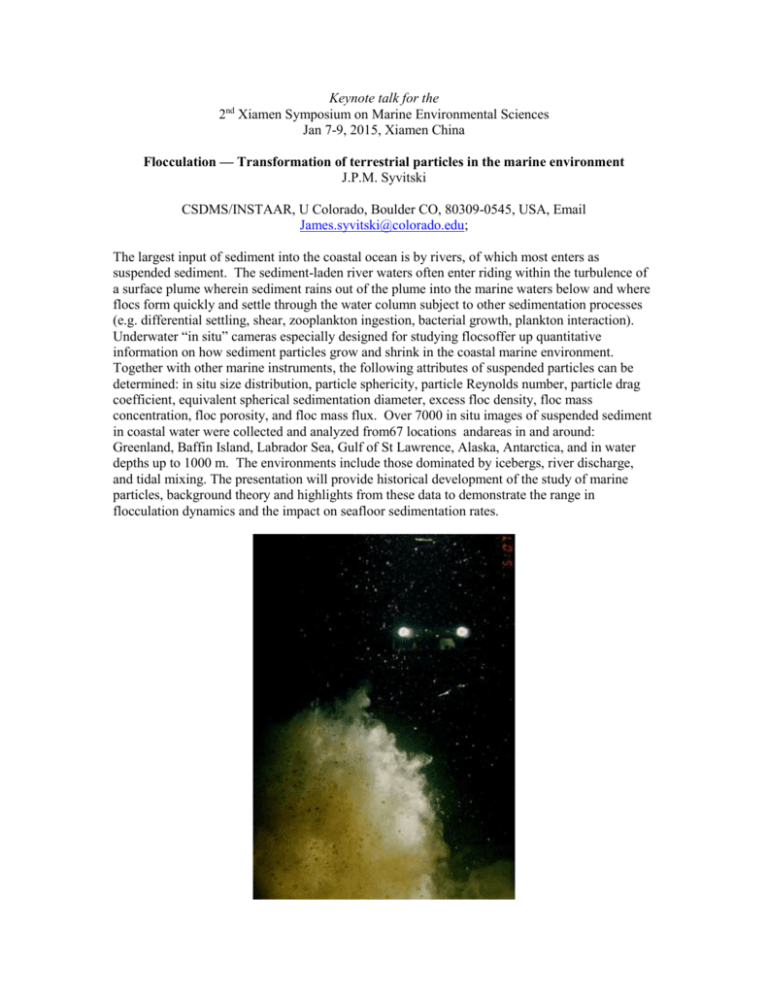
Keynote talk for the 2nd Xiamen Symposium on Marine Environmental Sciences Jan 7-9, 2015, Xiamen China Flocculation — Transformation of terrestrial particles in the marine environment J.P.M. Syvitski CSDMS/INSTAAR, U Colorado, Boulder CO, 80309-0545, USA, Email James.syvitski@colorado.edu; The largest input of sediment into the coastal ocean is by rivers, of which most enters as suspended sediment. The sediment-laden river waters often enter riding within the turbulence of a surface plume wherein sediment rains out of the plume into the marine waters below and where flocs form quickly and settle through the water column subject to other sedimentation processes (e.g. differential settling, shear, zooplankton ingestion, bacterial growth, plankton interaction). Underwater “in situ” cameras especially designed for studying flocsoffer up quantitative information on how sediment particles grow and shrink in the coastal marine environment. Together with other marine instruments, the following attributes of suspended particles can be determined: in situ size distribution, particle sphericity, particle Reynolds number, particle drag coefficient, equivalent spherical sedimentation diameter, excess floc density, floc mass concentration, floc porosity, and floc mass flux. Over 7000 in situ images of suspended sediment in coastal water were collected and analyzed from67 locations andareas in and around: Greenland, Baffin Island, Labrador Sea, Gulf of St Lawrence, Alaska, Antarctica, and in water depths up to 1000 m. The environments include those dominated by icebergs, river discharge, and tidal mixing. The presentation will provide historical development of the study of marine particles, background theory and highlights from these data to demonstrate the range in flocculation dynamics and the impact on seafloor sedimentation rates.

